Urban Design and Research in the Age of AI: Highlights from the NUS-Tsinghua Collaboration
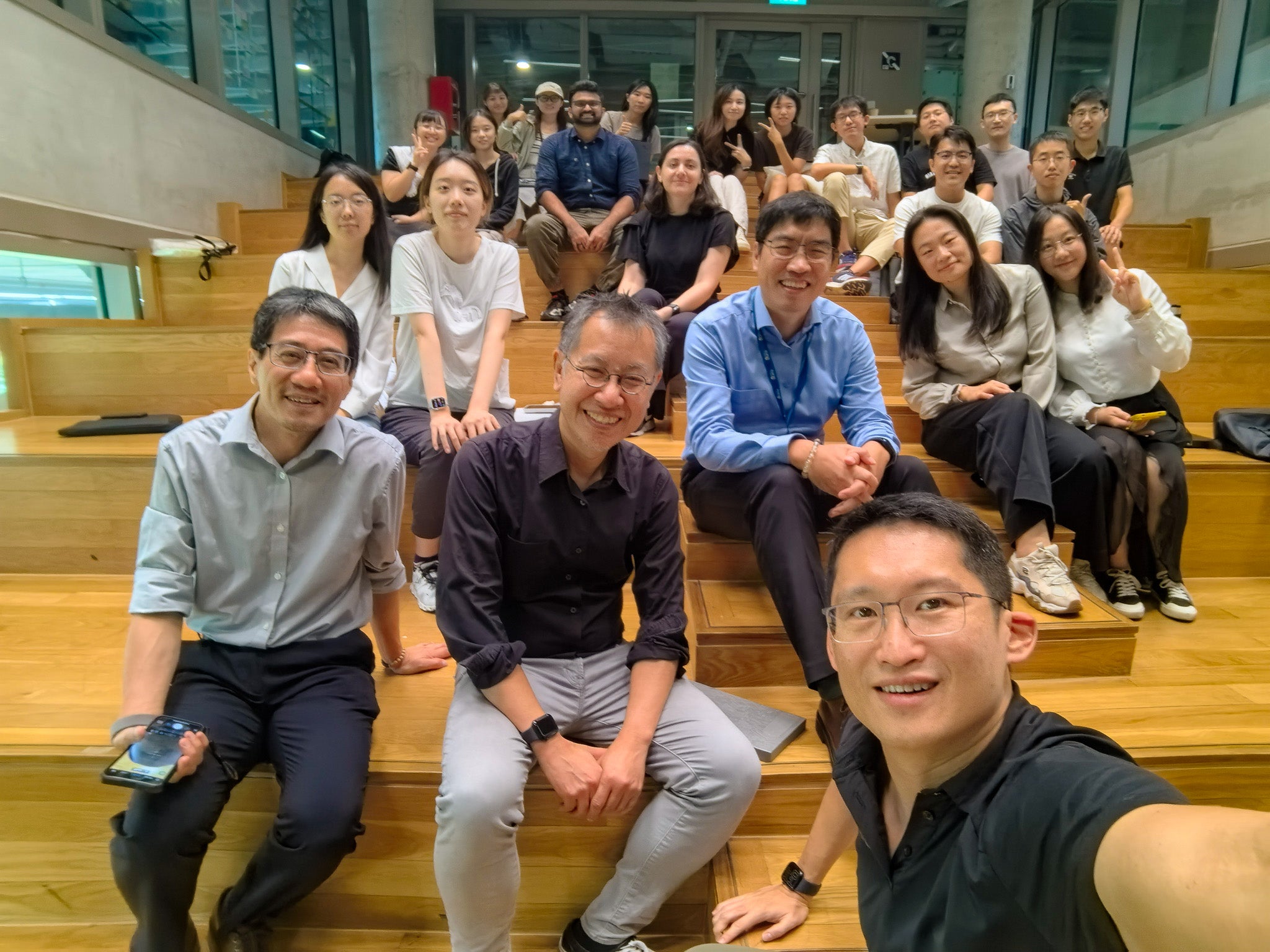
As part of the NUS-Tsinghua Joint Research Initiative programme, the inaugural collaborative PhD symposium between the Department of Architecture at the National University of Singapore and the School of Architecture at Tsinghua University was held at NUS from 13–15 November 2024, focusing on Artificial Intelligence. This event marks the beginning of a new chapter in the ongoing research exchange and collaboration between the two institutions.
The keynote was delivered by Prof. Yuan Lai from Tsinghua University, whose research interests lie at the intersection of urban informatics, urban planning and smart cities. His topic, “Urban Intelligence Towards Techno-Humanistic City Planning,” addressed how the physical, social, and cyber dimensions of cities are increasingly integrated as information technology continues to penetrate urban living spaces.
The symposium featured a variety of presentations and discussions organised under four main themes, each focusing on innovative approaches to leveraging AI technologies for urban challenges in Singapore and China.
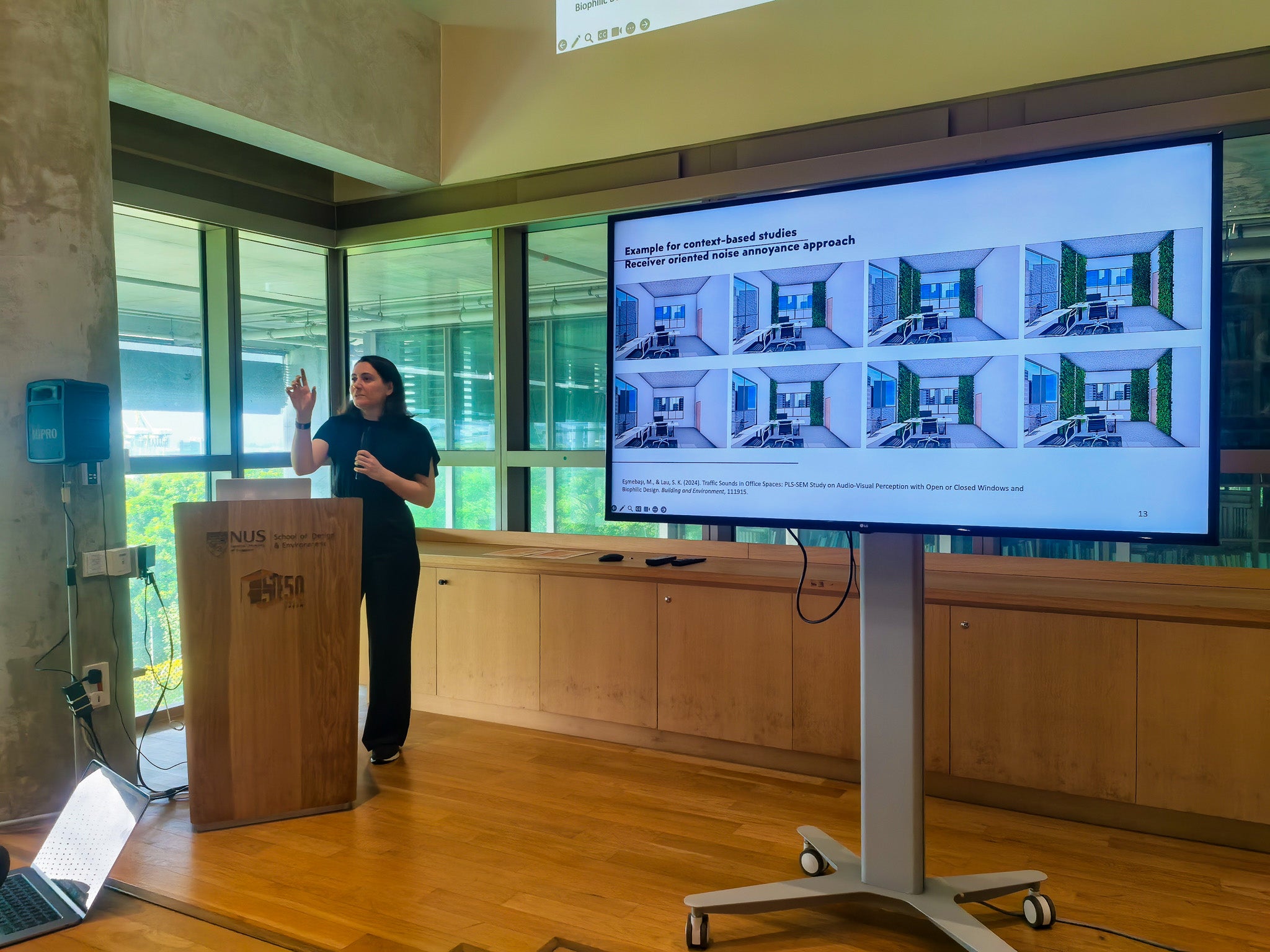
Theme 1: Sensing the City
This theme explored how AI can be utilised to gather and analyse urban environmental data. Dai Hui presented a large-scale spatiotemporal deep learning model for predicting urban residential PM2.5 concentrations. Merve Esmebasi investigated biophilic design and adaptive acoustic comfort in office spaces, offering insights into enhancing work environments with nature-inspired design. Chen Taihan discussed the effects of tree plantings and street aspect ratio on the thermal environment using a mechanistic urban canopy model, UT&C.
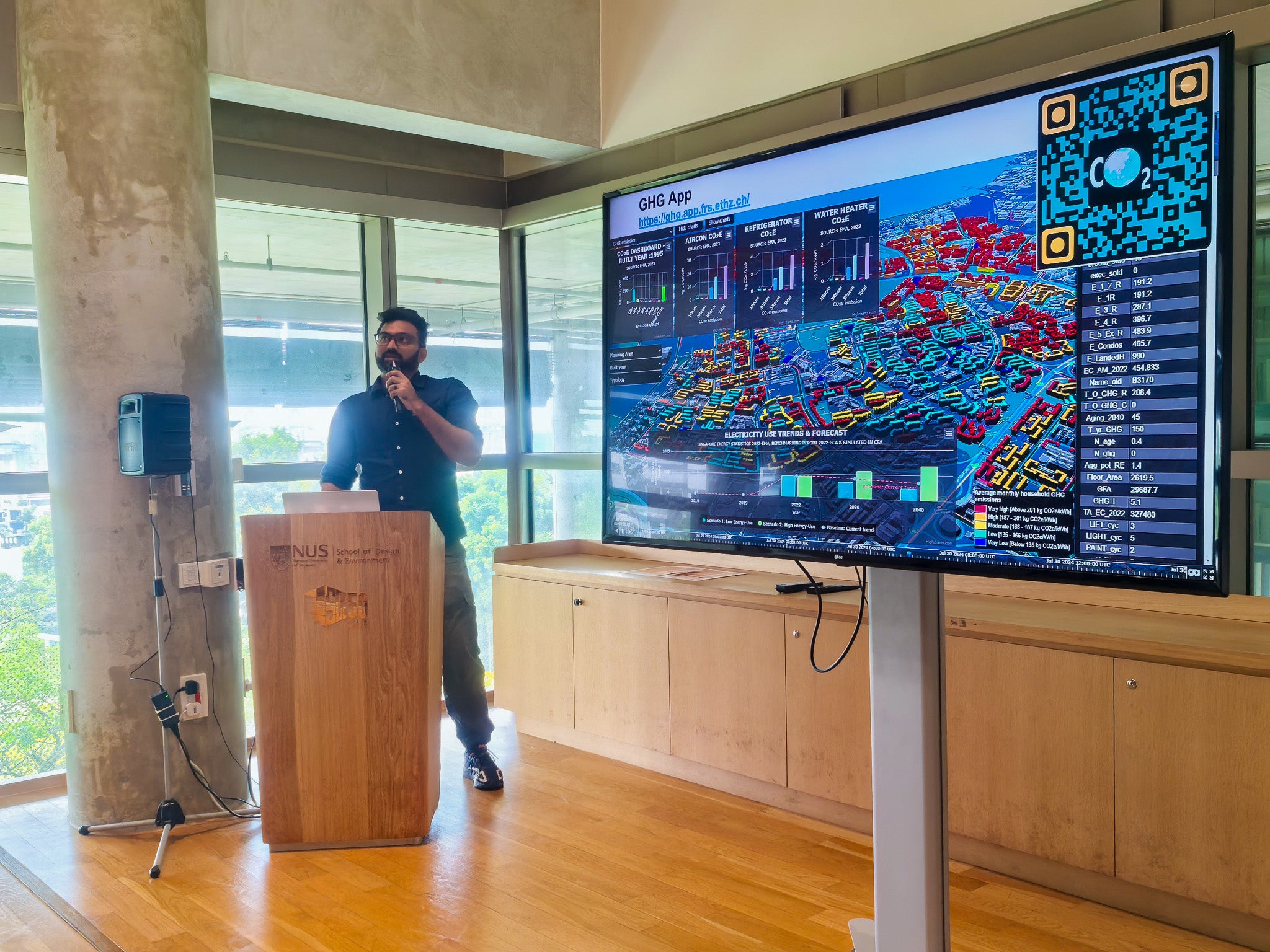
Theme 2: Evaluating the City
Focused on assessing urban spaces through AI and big data, this theme included Gao Xinting’s introduction of the Calculation of Space Utilisation Assessment Index, supported by AI and big data. Zhao Huimin presented methods for intelligently measuring urban housing vacancy in China through large-scale open-source data. Pradeep Alva demonstrated the use of Urban Digital Twins with a case study on building operational greenhouse gas (GHG) emissions dashboards.
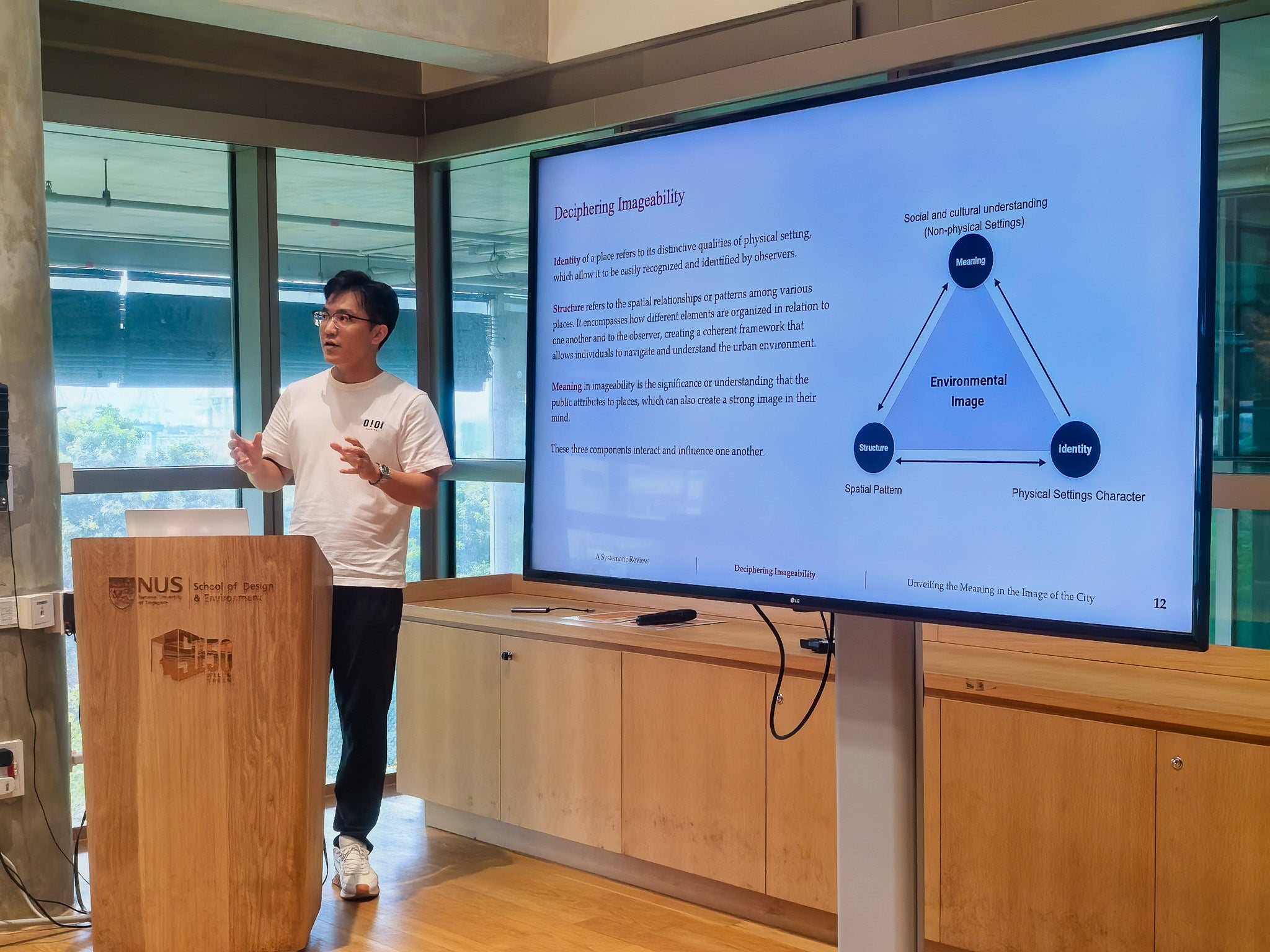
Theme 3: Perceiving the City
Dedicated to understanding urban environments from a human-centric perspective, this theme included Mei Xiaohan’s work on key cues for wayfinding in large-scale windowless spaces. Zhu Yihan explored the imageability of urban public spaces through multi-source data in Singapore. Fan Zicheng examined the coverage and bias of street view imagery in mapping urban environments, highlighting the importance of accurate visual data.
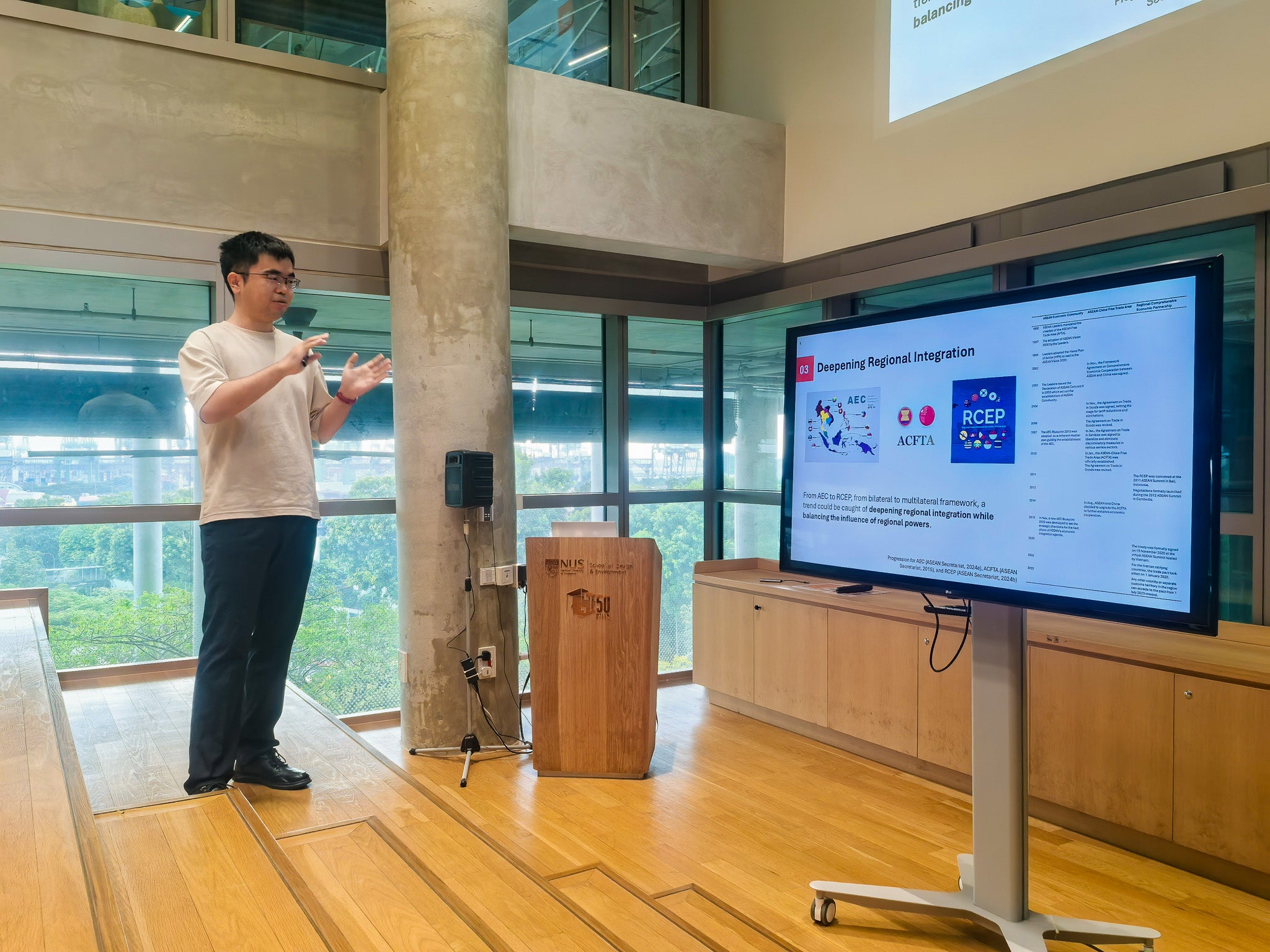
Theme 4: Unearthing the City
This theme focused on cultural and historical aspects of urban spaces. Liu Ke explored the identity space of the Ding Hui Community in Quanzhou, China. Qiao Runze conducted comparative research on Chinese overseas zones in Southeast Asia, titled “Adapt for Survival.” Feng Lishen presented “A Taste of Jiangnan in Lingnan,” examining cross-regional garden culture and the Temple of Longevity in Central Guangdong during the Early Qing Dynasty.
These themes collectively contributed to the symposium’s success, evident in the lively discussions and insightful presentations, marking a significant step forward in urban design and AI research.
You may refer to the documentation of the research in the discussion of the various papers below.
We extend our heartfelt thanks to all the PhD students and guests who participated, particularly the supervisors of the participating students, for their insightful observations and inspiring feedback throughout the event. We look forward to welcoming more PhD students, colleagues from both institutions, and new friends at the second NUS-Tsinghua PhD Symposium, scheduled to be held in Beijing in late 2025.
Lead Organisers of the Symposium